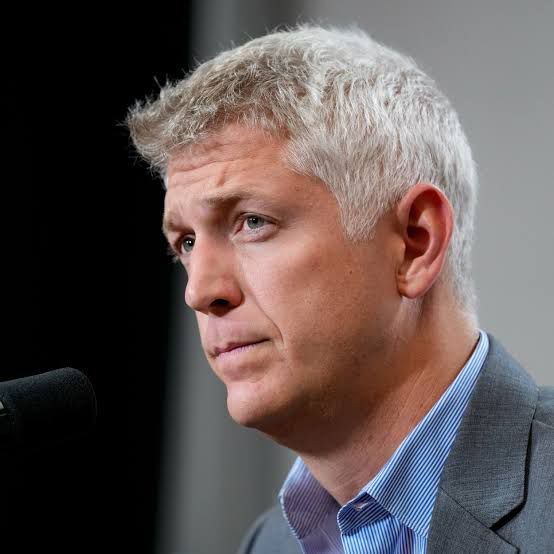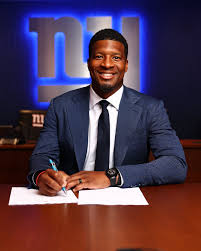Baltimore Blunder: Orioles Miss Once-in-a-Generation Opportunity to Build MLB Superteam, Leaving Fans Stunned and Frustrated

In a season filled with promise and potential, the Baltimore Orioles have left their fanbase stunned and frustrated by failing to capitalize on what was a once-in-a-generation opportunity to build a legitimate MLB superteam. After years of rebuilding, the franchise had positioned itself as a strong contender in the American League, boasting one of the most promising young cores in baseball. Yet, despite the assets at their disposal, the Orioles’ front office failed to make the moves necessary to push the team into true championship contention, leaving their fans wondering if the window to build something special has already closed.
For the first time in years, the Orioles had the financial flexibility, a solid farm system, and a competitive roster capable of contending for a playoff spot—and perhaps much more. With a dynamic group of young stars like Adley Rutschman, Gunnar Henderson, and Grayson Rodriguez leading the way, the team had the foundation to take the next step. The Orioles also had a few established veterans who could provide leadership and stability, rounding out a roster that seemed poised for greatness.
On top of their promising talent, the Orioles had resources available to make a significant impact on the trade market. Whether through signing a marquee free agent or acquiring a proven star player via trade, this offseason could have been their moment to secure that one final piece to transform their team into an undeniable powerhouse. Yet, as the offseason unfolded, it became painfully clear that the front office had a different vision—or perhaps no vision at all.
Where other teams, like the New York Yankees or the San Diego Padres, were aggressively making moves to improve their rosters, the Orioles remained largely silent, failing to address key weaknesses in their pitching staff and lineup. It wasn’t as if there weren’t opportunities; numerous high-profile players were available, some for relatively reasonable trade packages. Yet, Baltimore failed to make any bold moves.
The biggest frustration for Orioles fans was the sense that the team had everything necessary to create a championship-caliber roster—except the willingness to act. While the front office emphasized long-term sustainability and the importance of continuing to develop their young talent, this approach came off as passive, especially when the team was so close to breaking through. The reluctance to make the kind of splash that could have solidified their place among the elite felt like a missed opportunity to take advantage of the current competitive landscape.
Moreover, as teams like the Toronto Blue Jays and the Houston Astros continued to strengthen their squads, the Orioles’ lack of urgency was all the more glaring. These teams were aggressively investing in talent, while Baltimore seemed content with merely standing pat, holding out hope that their young stars could carry them to glory without the necessary reinforcements.
This missed opportunity isn’t just about this season. It’s about the potential that could have been realized—a chance to build a dynasty, to be the team everyone feared. With all the ingredients for success, the Orioles’ failure to act will haunt both the franchise and its fanbase for years to come, leaving them wondering what might have been.
In the end, the Orioles’ “blunder” is a stark reminder of how critical the balance between patience and urgency is in the world of professional sports. While it’s true that building a championship team takes time, sometimes the opportunity to seize greatness is fleeting—and when it’s missed, the consequences are felt for a long time.



